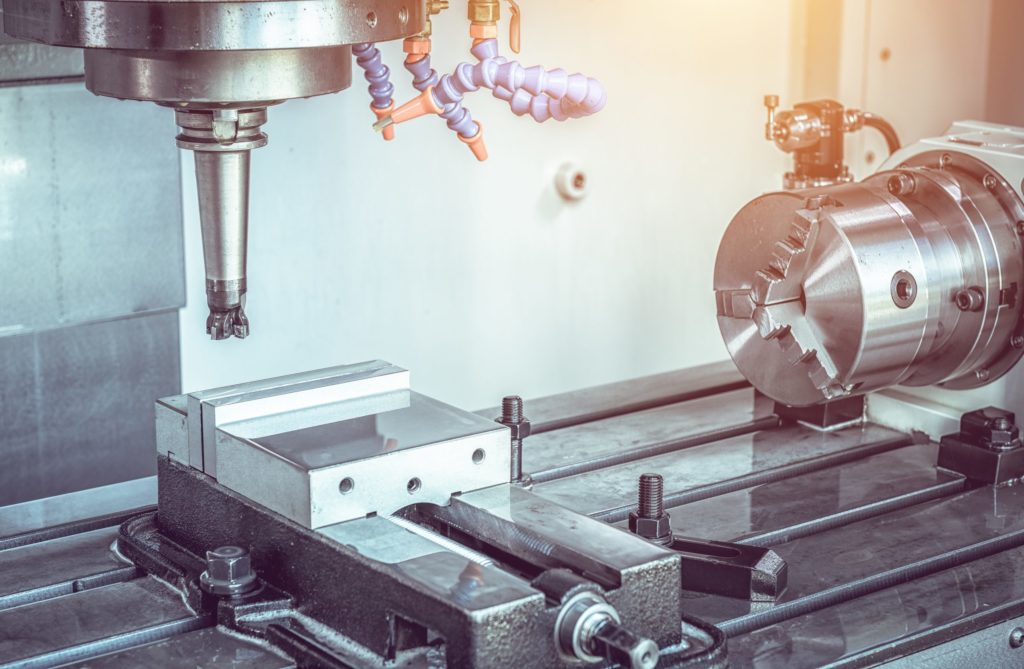CNC Milling and Turning Basics

CNC Technology has rightfully taken over the metal manufacturing industry of the modernized era because of its advanced precision and consistency, which was previously a dream to achieve from manual processes and machines.
Many CNC machines belong to different categories; however, it can be tricky to distinguish between them and their functionalities. Although CNC milling and turning devices look very similar, they have important distinctions that you must know.
Following distinctions in milling and turning CNC machines will help you recognize them:
Distinctions
- CNC milling is used as a synonym of CNC machining in the market. However, the CNC turning process primarily produces faster productivity in parts production, and it proves to be economically more beneficial than milling.
- The CNC milling machine produces customized parts for machinery by precisely removing material from the metal piece you are working on. Contrarily, CNC turning uses the holding bars of metal material in chunks and rotates them against the tool to make the desired shape.
- CNC milling is helpful for chemical thermal-mechanical and electrical productions; however, CNC turning is for grooving, facing, drilling, parting, and boring.
CNC Milling and Turning Explained
CNC milling is a part-making process in which customized parts for machinery are made to replace older ones or put into locally produced machinery. The machine performs CNC milling action words by removing material from the metal piece by using a rotating cutting tool.
A computer controls the cutting tool on the CNC milling machine to ensure precision and efficiency. The cutting tool moves freely on three axes while the metal piece that is being cut remains at its place.
The CNC Turning machine is utilized in the manufacturing procedures in which holding bars can grip the material. It rotates them against a feeding tool to remove excess material to achieve the shape of the required machinery part.
Industries Involved
CNC milling and turning is a beneficial process for producing parts. Therefore, both of these machines are used in multiple industries to change the shape of materials.
Leading Industries that utilize CNC milling and turning machines include woodworking, electrical, material fabrication, metal removal, and electrical discharge machining.
These leading Industries benefit from CNC milling and turning machines because they need to change the shape of materials to meet their needs and create tools and parts to ensure machine functionality or manufacturing.
You can consider LOCUS Precision CNC Milling & Turning if you require a customized part for your machine. They ensure precision for identical part making.








